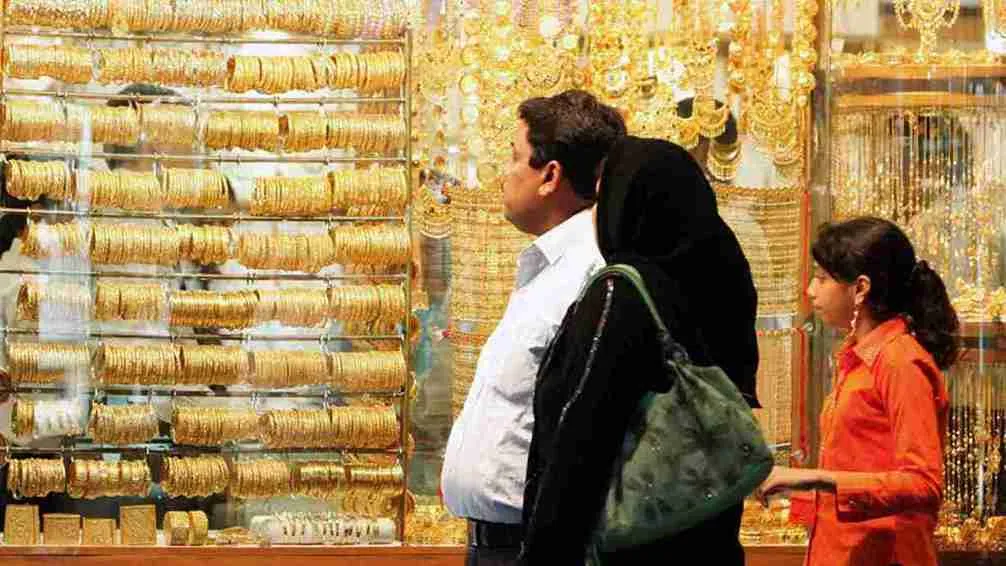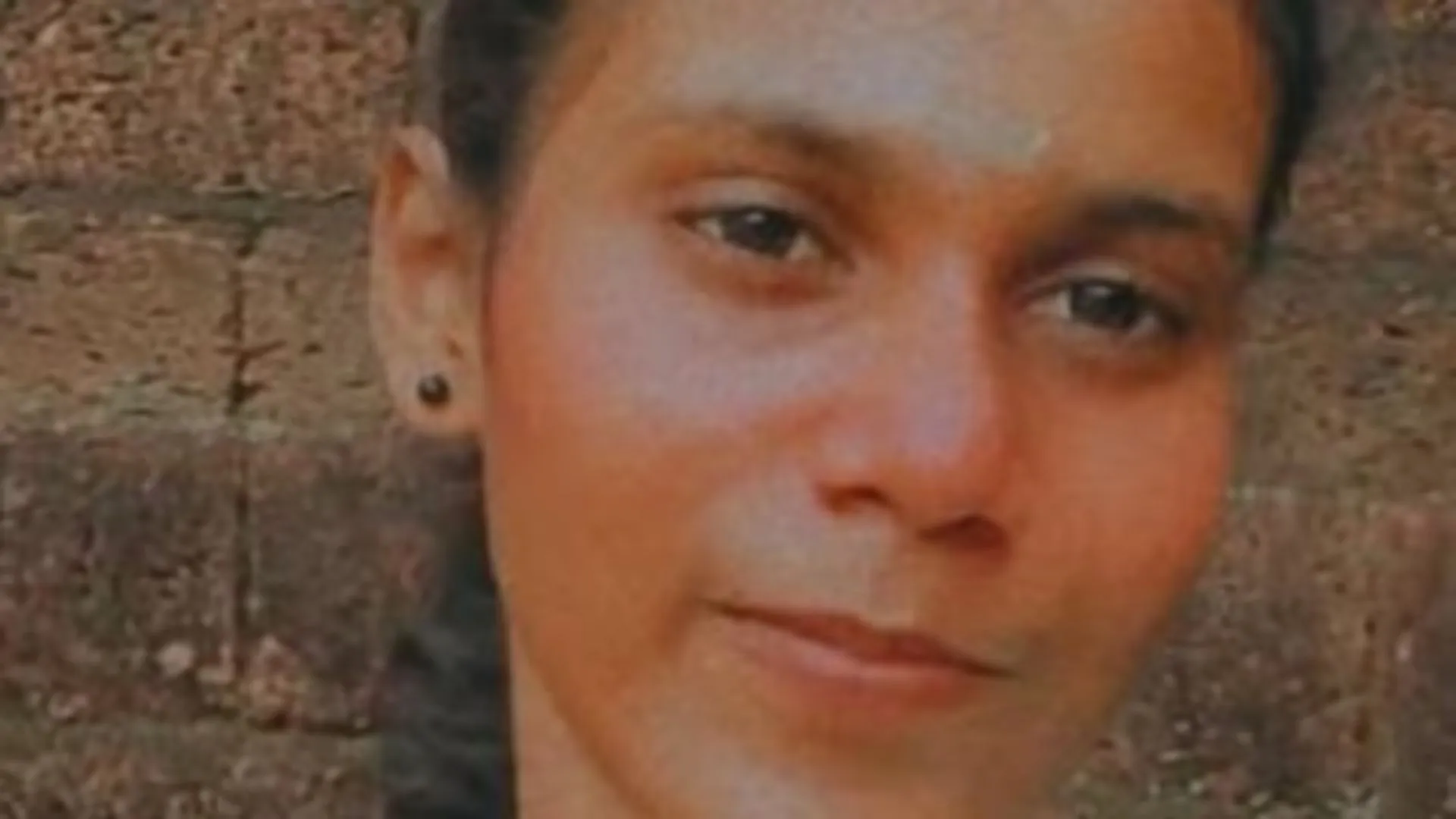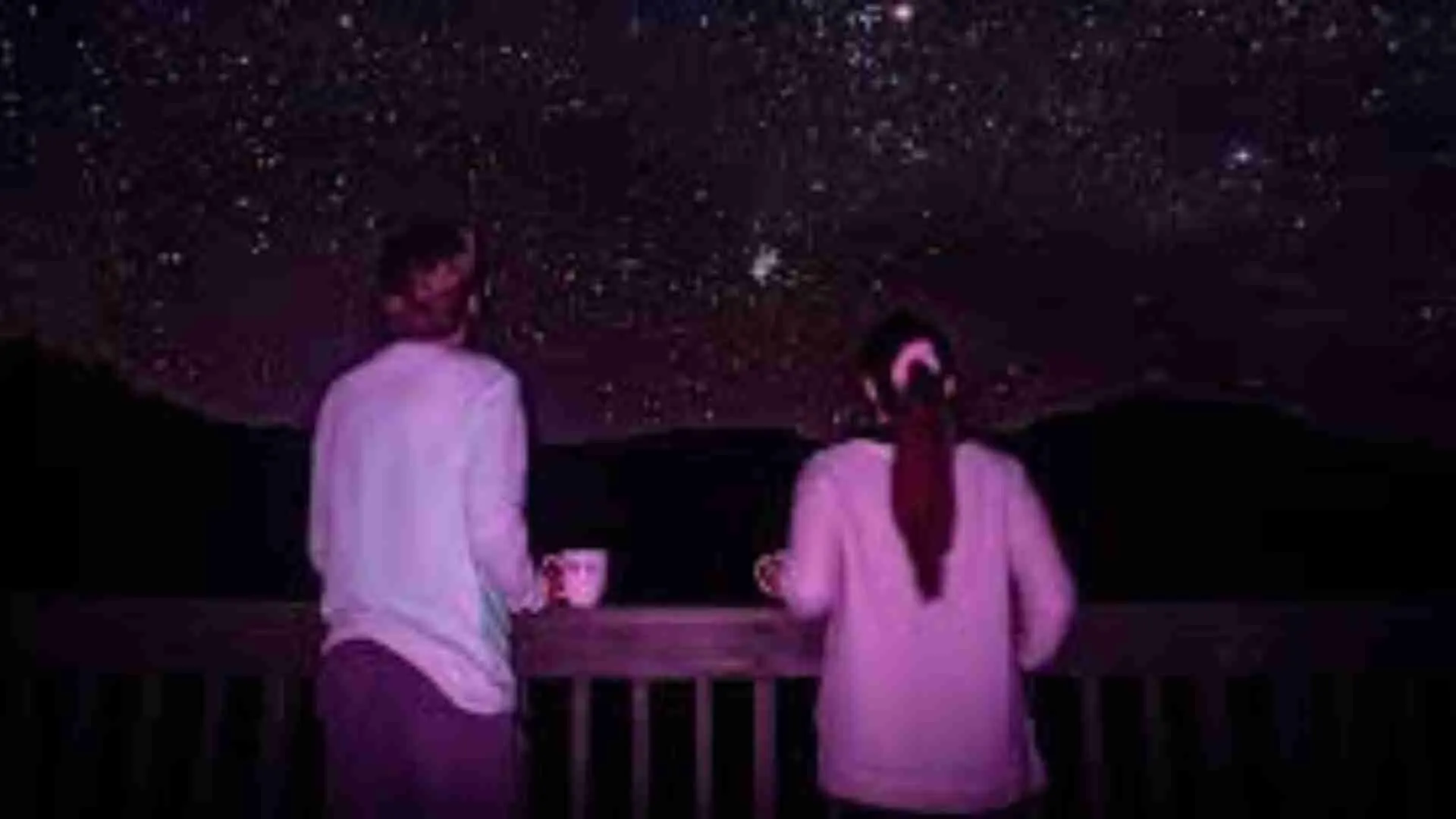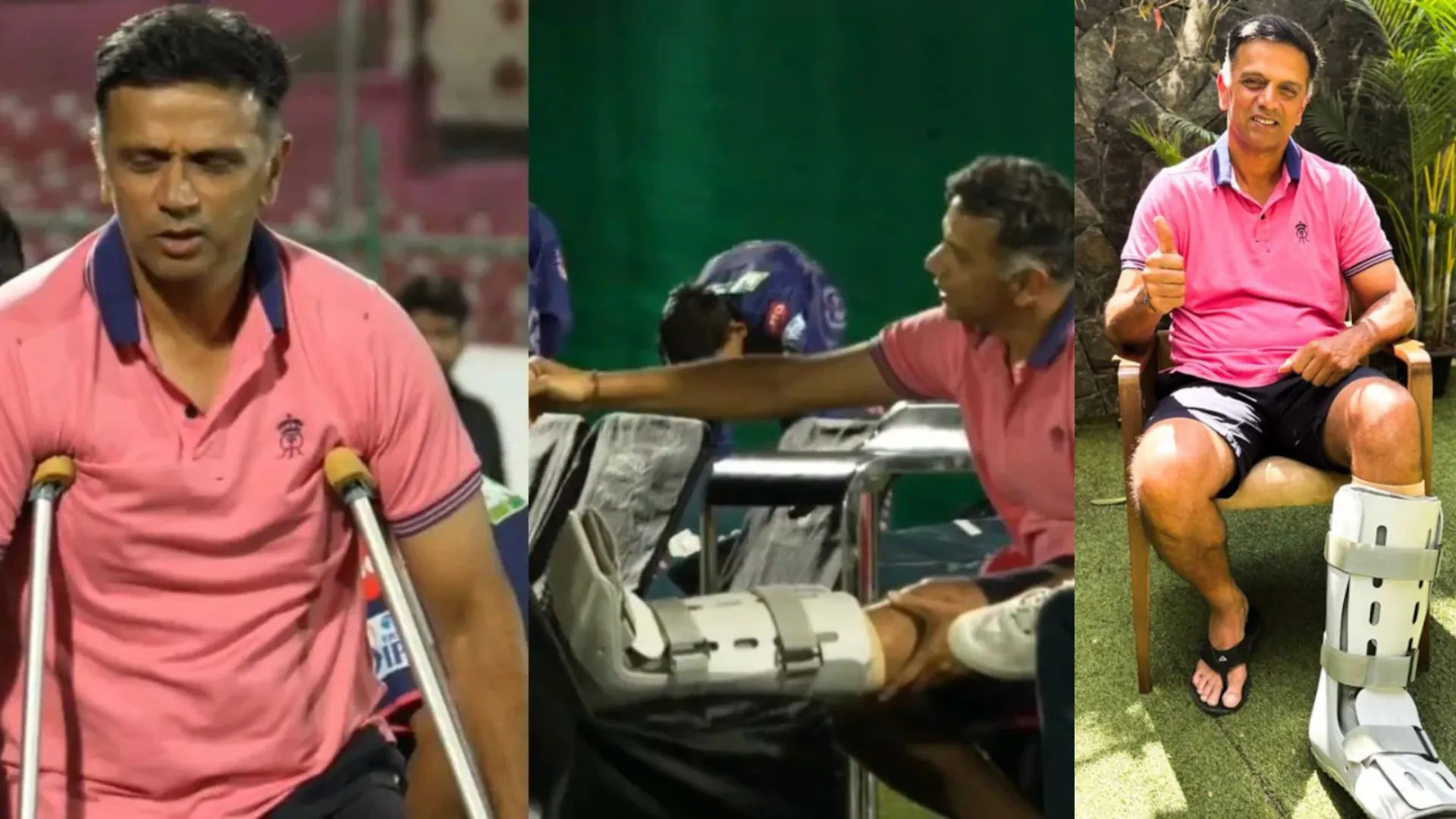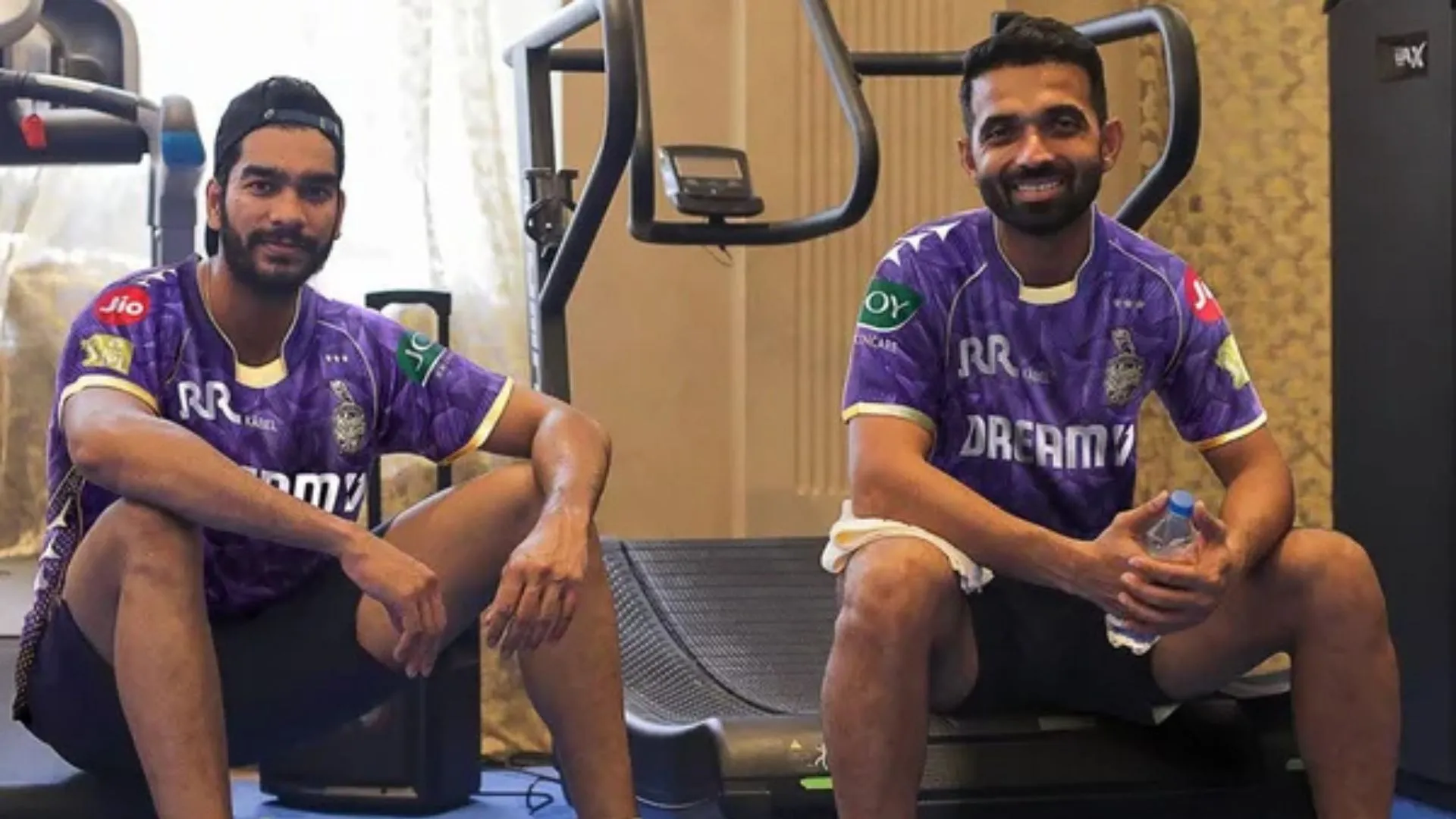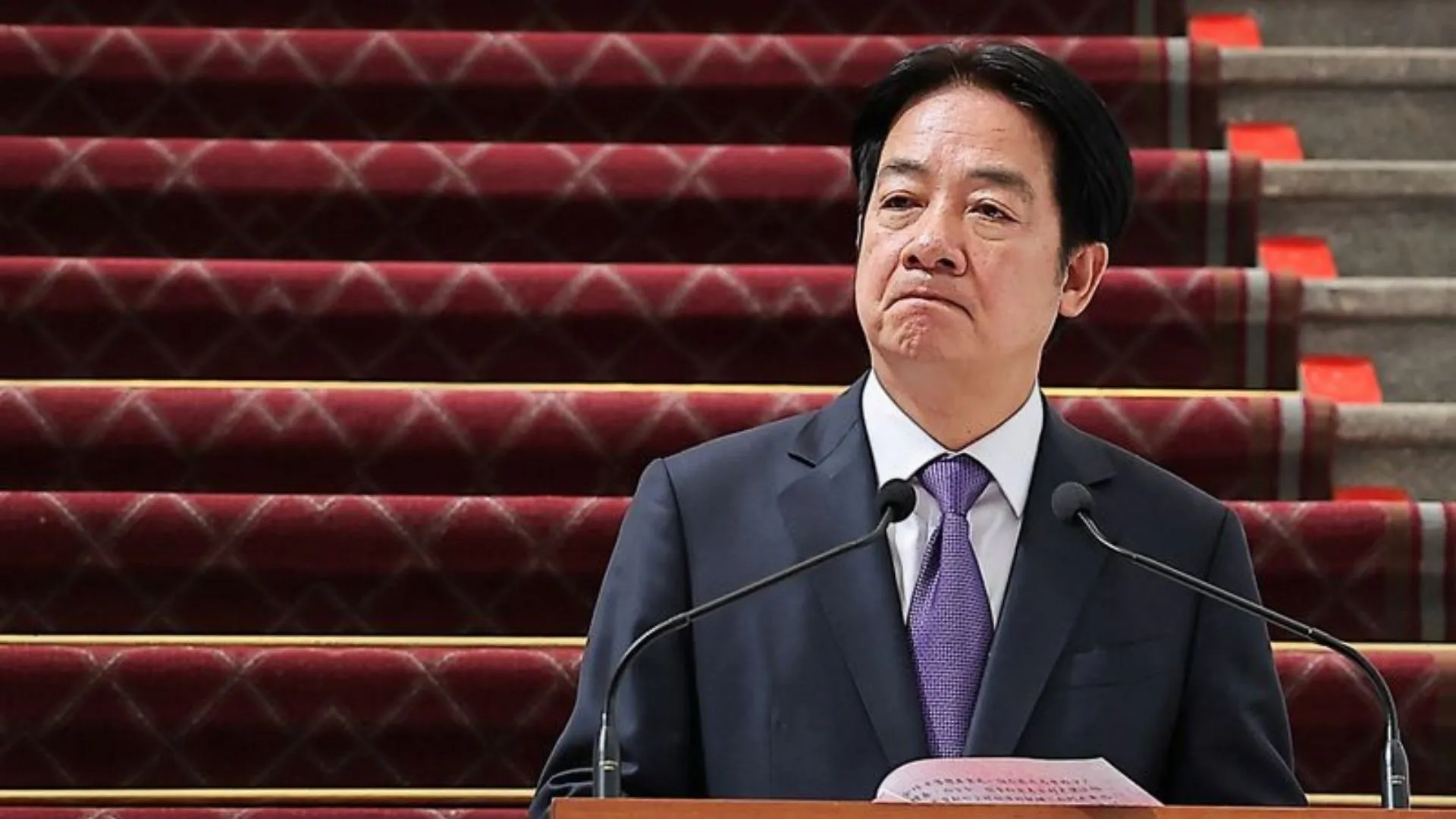There is fire, light, and superheroes who wield special astras created by Brahm-Shakti and contain powers similar to those found in the Jal (water), Pawan (wind), Agney (fire), and animal and plant life.The universe was split into three parts to protect it from evil energies, but the most potent astra, known as Brahmastra, is supposed to be capable of destroying the entire cosmos. And then there’s the real-to-reel chemistry between Ranbir Kapoor and Alia Bhatt, which lights up the screen.
Brahmastra: Part One: Shiva is a love story, but as the powers that govern this cosmos seize control, the conflict between good and evil quickly emerges. Brahmastra is similar to playing an online game. Brahmastra, a film written and directed by Ayan Mukerji, is a heady fusion of Hindu mythology and sci-fi elements that serves as the backdrop of an, to put it mildly, unique love story.
A DJ named Shiva (Ranbir Kapoor) has a strange connection to fire and falls in love with Isha (Alia Bhatt) at first sight. As their relationship progresses, his search for the cause of this strange connection grows more intense. His visions of devastation become more distinct, and he crosses paths with Guru ji (Amitabh Bachchan), the head of the Brahmnsh, a hidden society of sages who harness the Brahm-Shakti, unaware that he is meant to awaken the Brahmstra. The dark force’s queen, Junoon (Mouni Roy), has to locate the fragments of Brahmastra in order to carry out her terrible schemes.
Brahmastra begins as a typical, traditional man meets girl love story, but it doesn’t waste any time setting up the real idea, which is letting Shiva go on a journey with you to discover his ultimate goal. Brahmastra’s overly complicated plot causes it to occasionally become muddled, but it quickly returns to its original course. Mukerji clearly went overboard with some elements, but thankfully it never becomes annoying or distracting.It took him nearly eight years to complete the final film.
The movie feels a little rushed at 2 hours and 45 minutes, especially in the first half, and 20 to 25 minutes could have been easily cut at the editing desk. Although the way Shiva and Isha’s romance developed in the first half, it didn’t need to be developed further. The second half starts off strong with flashbacks into Shiva’s past and the mystery surrounding Brahmastra. There are also some truly amazing scenes that leave you in awe. The enchantment of the VFX (all done in India), the treatment of the astras, and the grandeur of everything surrounding the protagonists make Brahmastra a visual extravaganza and genuinely a cinematic experience to be savoured on the large screen, even though the tale was never really intended to be simple.
Brahmastra has a serious tone, but the dialogues are infused with Hussain Dalal’s subtle humour, which is infused at a few points and doesn’t seem out of place even in the most intense scenario or a battle. Speaking of battle scenes, the choreography is top notch and on par with some of the best we’ve seen in movies like RRR and Baahubali.




